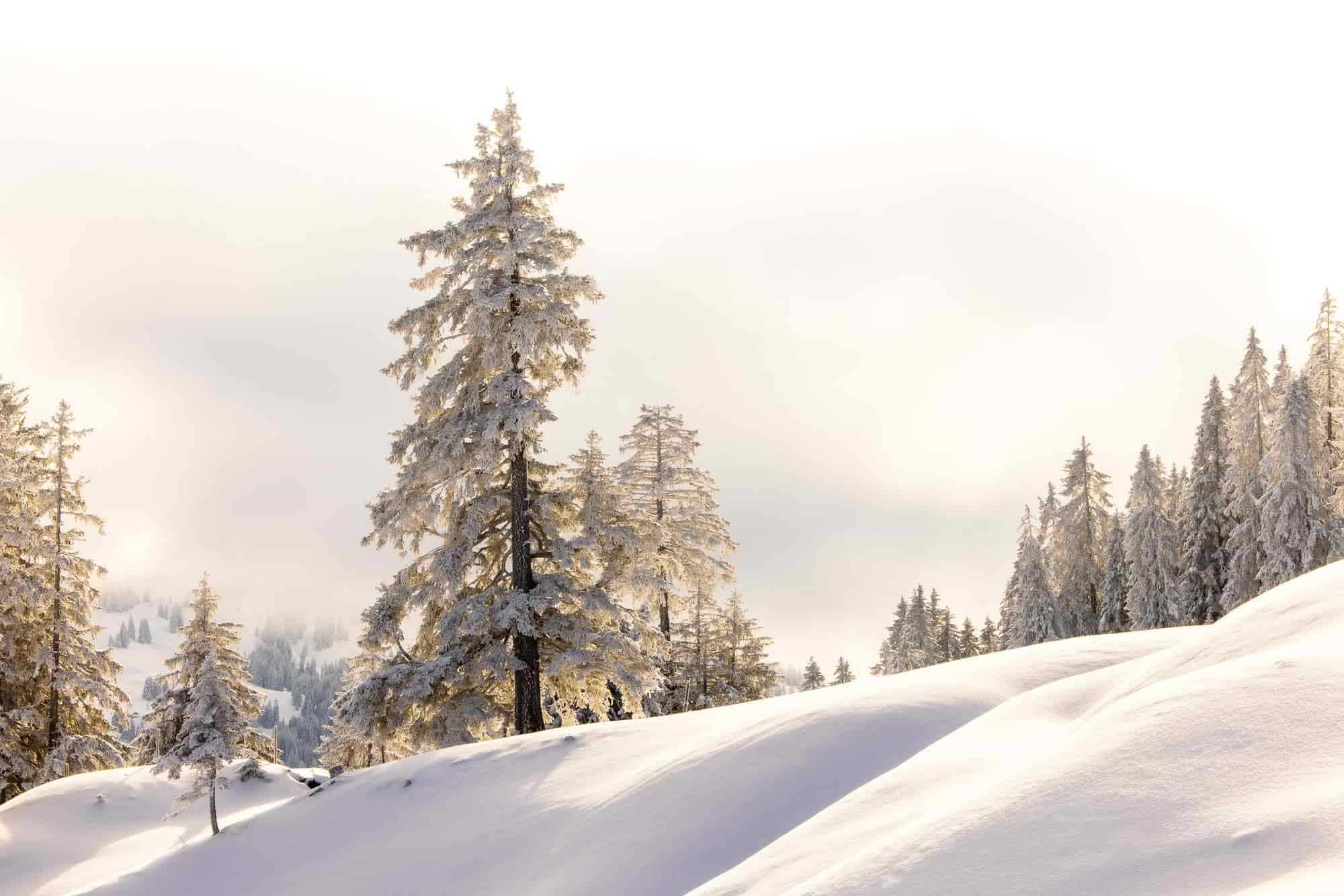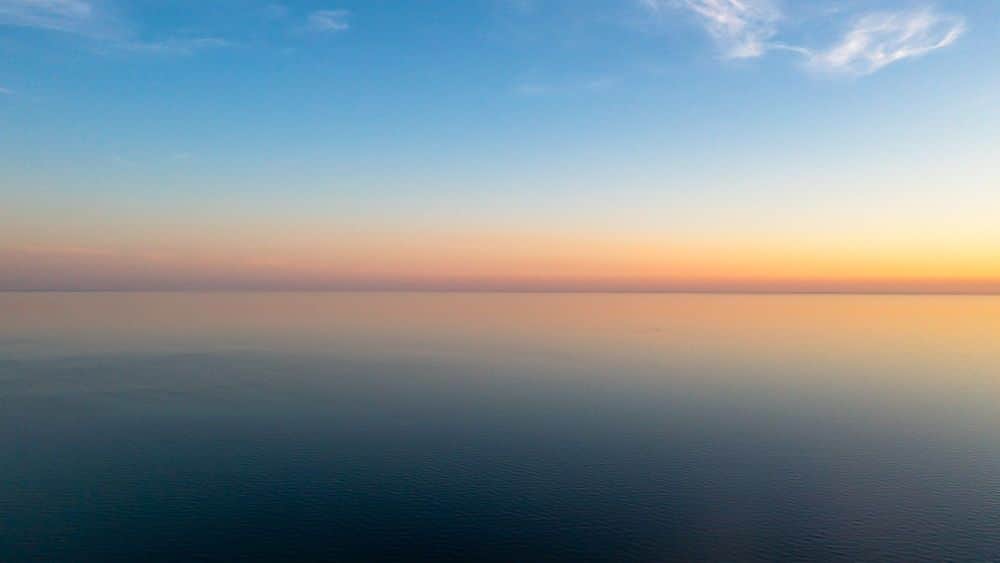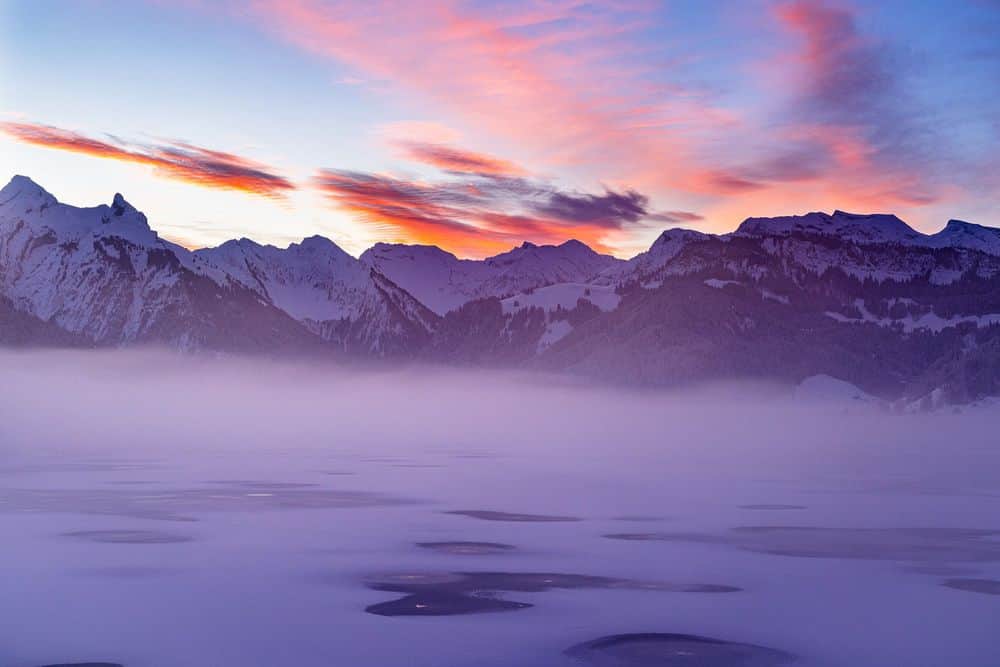Fresh new snow on the conifers at an altitude of around 1,800 meters, a closed, glittering blanket of snow all around and the first rays of sunlight making their way through the breaking cloud cover: it is often these moments, lasting only a short time, in which an almost magical atmosphere settles over the silence of the winter landscape. The sun makes the trees shimmer golden in the backlight, it almost seems like a belated Christmas decoration that has been spread over the forests here.
But what looks so magical today is subject to the ongoing transformation process of the snow cover as well as the weather fluctuations of the coming days. If it becomes sunny and warm, the trees will quickly be free of snow again and present themselves in a somewhat dull gray-brown. The untouched snowpack will be marked by the tracks of touring skiers and snowshoers and will settle, which will also cause the snow depth to steadily decrease. During this settling process, the initially immaculate, tiny snow crystals are more and more destroyed by their own weight as well as the temperature fluctuations within the snow cover and increasingly transform into small spheres. The finest branches of the snow crystals disappear and break off, leaving behind what we know as old snow: a type of snow that is no longer quite so fluffy, rather heavy, and more suitable for building igloos than for skiing in the deepest powder.
What is honestly more of a luxury problem for us skiers, on the other hand, is possibly life-saving and at least more energy-efficient for the wild animals, because when there is a lot of fresh snow, the energy consumption of these animals such as chamois and ibex, but also smaller animal species such as ptarmigan, increases sharply, because locomotion in deep snow naturally requires significantly more effort than on a load-bearing old snowpack, which has also already released more of the fauna.
For this reason it is also so important as winter sportsmen to take consideration for the animals and to respect borders. Who ever wanted to know how much higher the energy expenditure of an animal is, which must flee in the deep snow, must simply run away once in the deep snow several hundred meters with maximum speed – or better “run away”: from running can be actually no speech and a large part of the spent energy fizzles out in the depths of the snow cover. One step forward, half a step back. What means fun for us can mean certain death for wild animals, and while we sit down in our heated cars and drive back to our cozy homes, the animals are left behind in the cold and must laboriously search for their own food.



